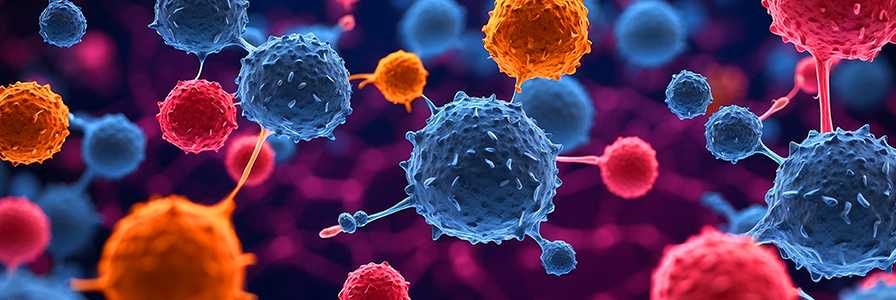Assessment of Your Starting Sample and Calculation of Recovery from Cell Isolation Procedures
Setting aside a small portion of your starting sample allows you to assess the frequency of desired cells in the sample prior to isolation
Setting aside a small portion of your starting sample immediately before commencing a cell separation procedure is very important. This allows one to assess the frequency of desired cells in the sample prior to isolation, and facilitates the assessment of cell recovery after the isolation procedure.
Expected cell frequencies in various tissues and cell sources can be estimated based on historical and published data. However, the actual frequency of your cells of interest can vary from donor to donor, and depends on whether the sample is from a normal, diseased, or genetically modified source.
Cell Recovery:
Calculating the cell recovery from a cell separation procedure is a valuable tool for assessing the success of your experiment. This calculation requires the following four pieces of data, and accurate determination of each of these components is critical:
- Total # of cells that will be separated*
- Starting % of desired cells*
- Total # of cells in enriched fraction
- % purity of enriched fraction
Cell recovery is calculated using the following formula:
% Recovery = [(#3)x(#4)]/[(#1) x (#2)] X 100
*For convenience, an aliquot of the starting sample can be set aside and analyzed along with your enriched fraction at the end of your experiment.
Total number of cells:
The total number of cells in both the starting sample and enriched fraction can be determined by performing accurate cell counts. Ideally, both the total nucleated cell (TNC) count and the viability of the cells should be assessed, however the TNC count should be used for calculating cell recovery. If cell counts are performed using an automated system, then it is important to count only white blood cells (exclude red blood cells).
Purity of desired cells:
The frequency of desired cells (or percent purity) in both the starting sample and the enriched fraction can be determined by flow cytometry. The Product Information Sheet for each specific cell separation kit will provide suggestions for methods of assessing purity. It is important to note that there can be blocking issues with some positive selection kits, which requires specific instructions be followed to ensure accurate purity assessment (i.e. the use of specific antibody clones, or adding the staining antibody at the same time as the cell separation cocktail). It is also important to gate on viable cellular events in order to accurately assess purity of the cell populations.
Related Resources
On-Demand Human Immune Cell Isolation Course
Learn how to effectively process human samples and isolate highly pure target cells with EasySep™ in this free self-paced course.
Request Pricing
Thank you for your interest in this product. Please provide us with your contact information and your local representative will contact you with a customized quote. Where appropriate, they can also assist you with a(n):
Estimated delivery time for your area
Product sample or exclusive offer
In-lab demonstration



